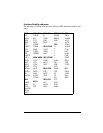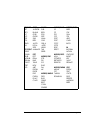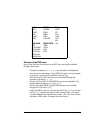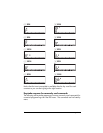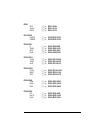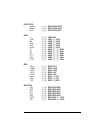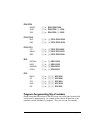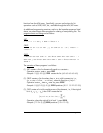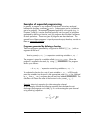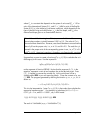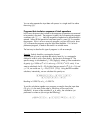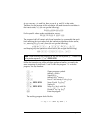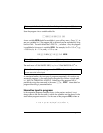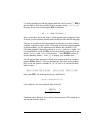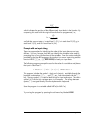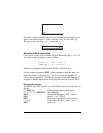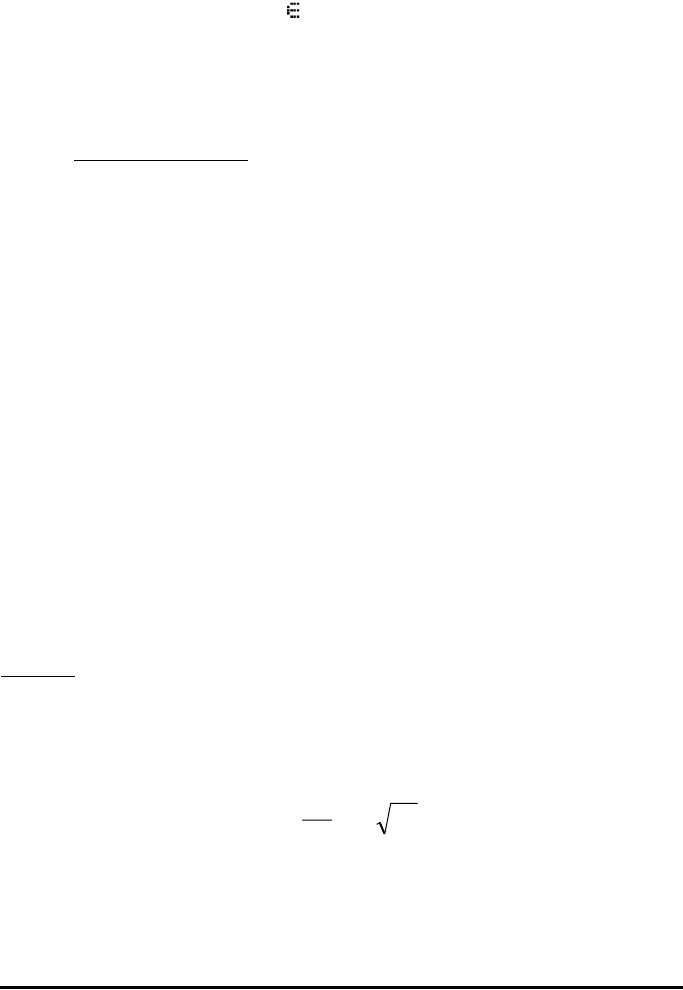
Page 21-15
Examples of sequential programming
In general, a program is any sequence of calculator instructions enclosed
between the program containers and ». Subprograms can be included as
part of a program. The examples presented previously in this guide (e.g., in
Chapters 3 and 8) 6 can be classified basically into two types: (a) programs
generated by defining a function; and, (b) programs that simulate a sequence
of stack operations. These two types of programs are described next. The
general form of these programs is inputprocessoutput, therefore, we refer to
them as sequential programs
.
Programs generated by defining a function
These are programs generated by using function DEFINE („à) with an
argument of the form:
'function_name(x
1
, x
2
, …) = expression containing variables x
1
, x
2
, …'
The program is stored in a variable called function_name. When the
program is recalled to the stack, by using ‚function_name. The program
shows up as follows:
« x
1
, x
2
, … 'expression containing variables x
1
, x
2
, …'».
To evaluate the function for a set of input variables
x
1
, x
2
, …, in RPN mode,
enter the variables into the stack in the appropriate order (i.e.,
x
1
first, followed
by
x
2
, then x
3
, etc.), and press the soft menu key labeled function_name. The
calculator will return the value of the function
function_name(x
1
, x
2
, …).
Example
: Manning’s equation for wide rectangular channel.
As an example, consider the following equation that calculates the unit
discharge (discharge per unit width), q, in a wide rectangular open channel
using Manning’s equation:
0
3/5
0
Sy
n
C
q
u
=



